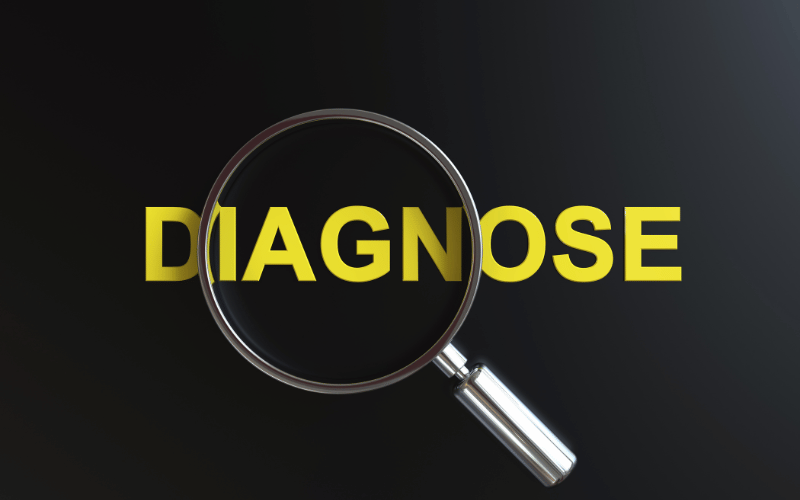Fact 4: Diagnosis Procedures

When it comes to diagnosing proctitis, there’s more to it than just gauging the symptoms. Healthcare professionals have a suite of tests at their disposal to ensure an accurate diagnosis. The first step usually involves a detailed discussion about symptoms, medical history, and potential exposure to risk factors.
A key diagnostic tool is the sigmoidoscopy. This procedure allows doctors to get a visual of the rectum and the sigmoid colon. It involves inserting a slender, flexible tube with a light and camera into the rectum. By doing so, they can assess the degree of inflammation and even collect tissue samples for further testing.
Colonoscopy is another diagnostic tool, especially if there’s a suspicion that the inflammation extends beyond the rectum. This procedure gives a detailed view of the entire colon. Just like sigmoidoscopy, it can also be used to obtain tissue samples.
In some cases, stool tests might be recommended. These tests help rule out infections like parasites, bacteria, or viruses that could be causing the inflammation. They’re especially useful if there’s a suspicion of an STI.
Blood tests can provide valuable insights too. Elevated white blood cell counts can signal an infection or inflammation. Furthermore, certain antibodies might be present if the proctitis is due to an autoimmune condition like Crohn’s disease. Lastly, imaging tests like CT scans or MRIs might be used in rare cases to get a better view of the rectum and surrounding areas. These tests, combined with clinical symptoms, ensure a comprehensive and accurate diagnosis. (4)